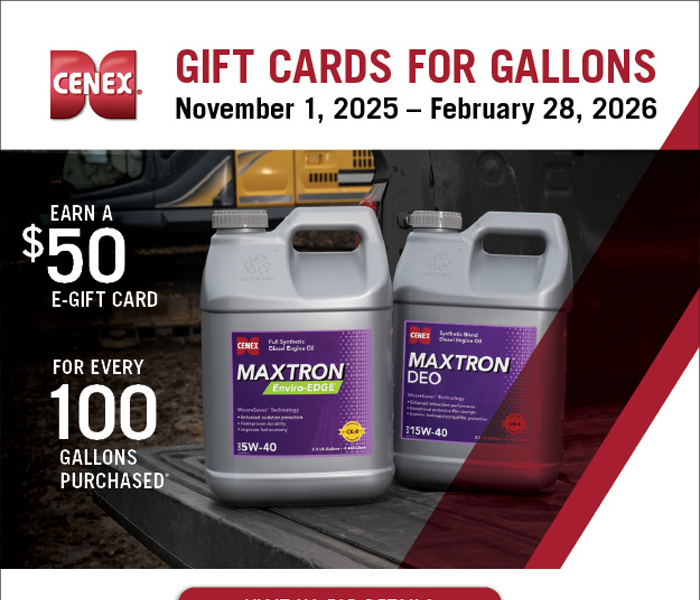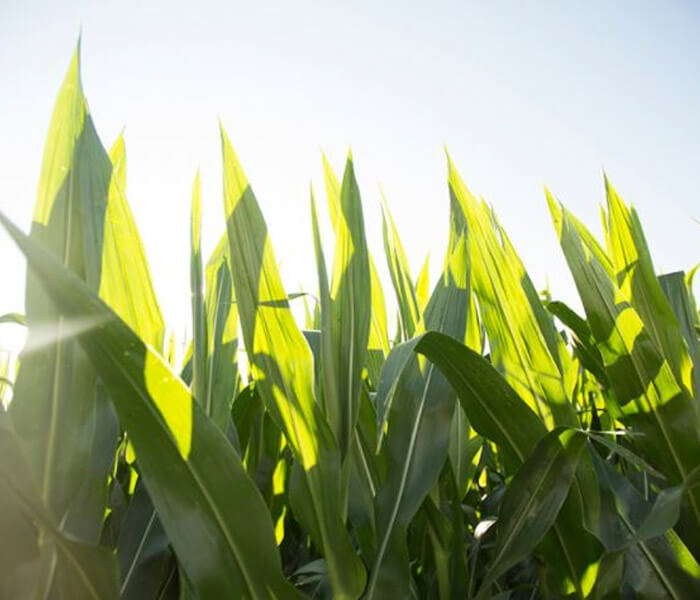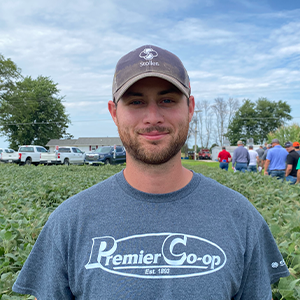Premier Co-op

December Energy News
I hope you were able to enjoy Thanksgiving with family and friends. And I hope you’ve recovered from your food coma. For the 10 of you (including my mom) who read my newslett...

As we head into fall and harvest begins, September is a great time to review the basics of soil sampling. When it comes to soil sampling, the phrase “you cannot manage what you do not measure” is all too accurate. Grid sampling is a great way to measure your soils’ pH and other basic nutrients – Phosphorous (P) and Potassium (K). The option for 2.5 and 5 acre samples are standard for soil sampling depending on how intense of management you are seeking. The results from grid sampling allow farmers and agronomists to make more precise fertilizer and lime applications using Variable Rate Technology (VRT). With profit margins narrowing in row-crop production, VRT will allow producers to be more efficient with their fertilizer applications by placing nutrients and lime in areas of the field that need it, and potentially skip areas of the field with above adequate nutrient and pH levels. In most scenarios, if a field requires a lime application, Variable Rate applying lime will recoup the cost of grid sampling due to the cost savings of lime on the areas of the field that lime is unneeded.
Now is a great time to revisit your soil sample history. If you have not sampled in the past 3-4 years, the time is now to contact your agronomist and get soil sampling scheduled on your operation.
